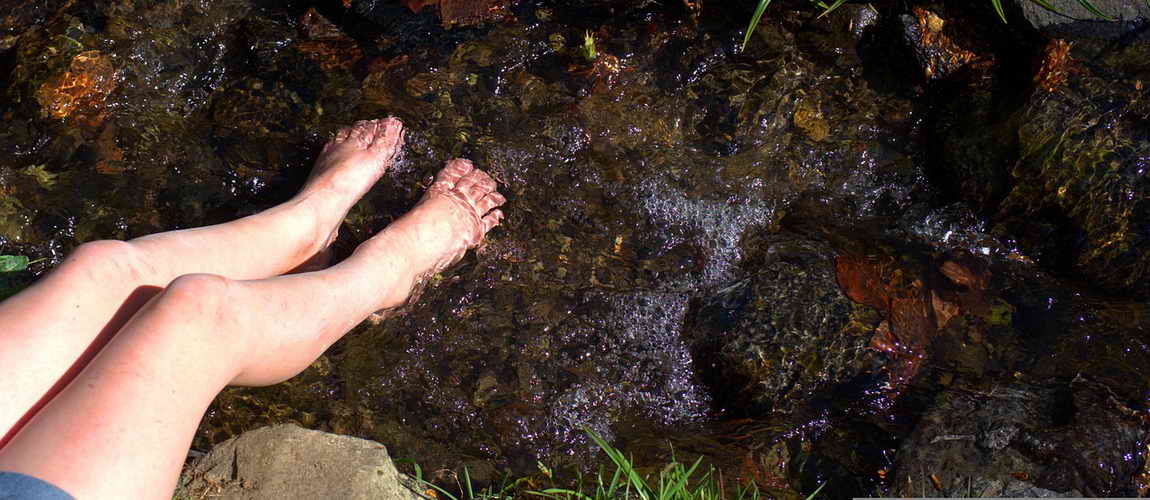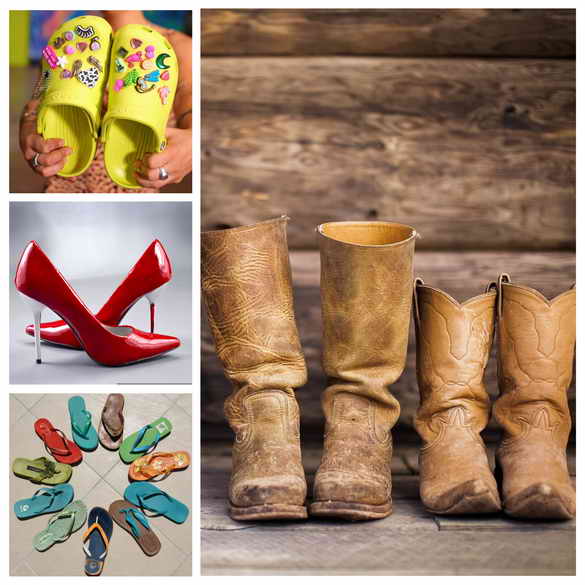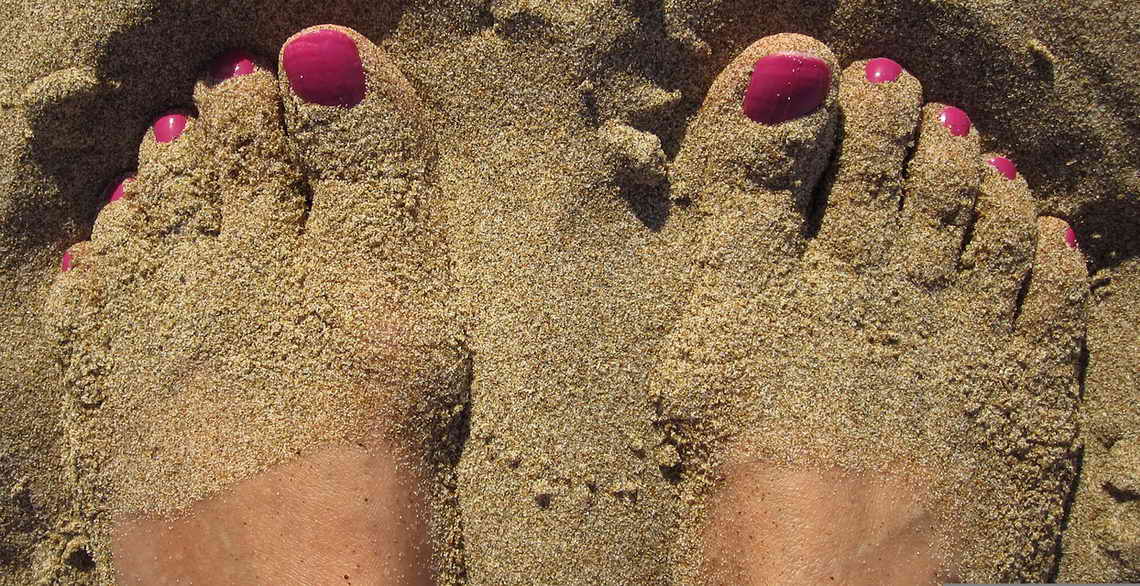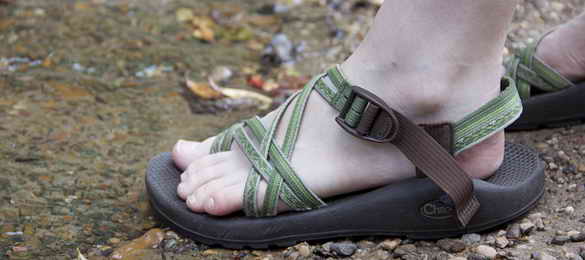Rafting trips are an increasingly popular activity with many physical and mental health benefits for those who enjoy engaging. The occasional rush of adrenaline, the picturesque views of places like the Grand Canyon, and soothing hikes make it irresistibly attractive.

Yet, as you prepare for Grand Canyon river trips, there is one aspect that many fail to consider that is extremely important- your feet. As enjoyable as rafting is, it can get incredibly trying for your feet, and once your feet are sore, it becomes extra hard for you to enjoy your trip.
Fortunately, there are several ways you can avoid this problem and take care of your dry feet as much as possible while enjoying your trip. Read along to find out how to do this.
Why is Proper Footwear Important?
One of the best ways of taking care of your feet during a river trip is by having the best possible clothes and footwear on your feet. Rafting trips involve getting wet and sometimes crossing the toughest landscapes imaginable. Improper footwear, in these scenarios, will be a liability and a danger to you. You will want something waterproof, sturdy, and firm.
Bad or uncomfortable footwear leads to sore or bruised feet; it could lead to accidents as they can cause you to slip or twist your ankle. Many have suffered concussions when they feel due to bad footwear.
Footwear that Can Harm Your Feet During Grand Canyon Rafting Trips
Although some footwear may be fashionable or comfortable, some may not work well on rafting trips and could even lead to dangerous accidents. Here is some footwear to avoid during rafting trips.
Flip Flops
Flip-flops are very comfortable pieces of footwear and have the advantage of allowing your feet to breathe. But they come with a significant disadvantage; they can get slippery and easily slip off when wet causing most injuries. Considering that you are most definitely wet during a river trip, you should consider them potentially hazardous.
Crocs
Crocs can be used for water shoes in places with slow-moving water; however, white water rafting in places like the Grand Canyon, where the water is faster moving, and the river crossings are longer. In such scenarios, hiking and rafting experts agree that Crocs may not be stable, secure, or fast enough; hence, they are highly discouraged.
High Heels
High heels are a seriously wrong choice when considering a boating trip. They put an incredible amount of strain on the ankle, which can worsen when walking on rocky terrain. Additionally, they are likely to puncture your raft during the trip and could cause other forms of accidents like tripping.
Cowboy Boots
Cowboy boots are a good piece of fashion, but they are not ideal when going for a river trip. The boots don't allow your feet to breathe and usually restrict your movements. As a general rule, you should avoid anything that restricts your movement when going on rafting trips as they could lead to accidents.

The Best Footwear to Wear on Your River Trip
Just as there is footwear to avoid during rafting trips, some are quite practical to put on. Here are some of them:
Hiking Sandals
Hiking Sandals can strap to your feet, have thick threaded soles, a heel strap, and can withstand wet conditions for most of the day. To be safe, they have to fit properly to your feet.
Another factor to consider with hiking sandals or sports sandals is durability, as you'll likely use them all day. Popular brands such as Chaco's are often recommended because they are mostly waterproof with quick-drying polyester straps. Hiking shoes are great in general as most whitewater rafting trips also include hiking excursions such as the Bright Angel Trail.
Lightweight Tennis Shoes
Tennis shoes are also ideal for rafting trips, especially regarding the dry parts of the journey. They are lightweight, comfortable, and have a good grip for treading on rocky areas. Of course, you must ensure they fit properly to avoid blisters and injuries, and they shouldn't be too tight to prevent harm to your ankles.
Camp and River Shoes
Camp Shoes may not necessarily be good for water trips themselves, but they can do a good job of protecting your feet when you are not rafting. Many like to kick off their wet shoes and sandals after a hard rafting day but going for a walk barefoot or with flimsy footwear can expose you to hazardous materials such as rocks, sticks, or stinging insects. Camp Shoes are breathable and sturdy enough to protect you.
Socks
You may wear socks to protect your feet and keep them warm during rafting. Some socks, like the Neoprene socks, are designed to offer insulation and keep your feet warm and dry, especially during cold weather trips. Other recommended socks include wool socks that provide insulation even when wet.
General Foot Care Tips for River Trips
Our body can take a lot of strain, but there is something unique about subjecting it to a river trip. One thing that often damages your feet is the rapidly alternating conditions you will likely encounter during whitewater rafting. Conditions can quickly swing from cold to hot or from wet to dry in rapid succession.

These varying conditions can be very challenging for your feet and often result in injuries like blisters, stubbed toes, and puncture wounds. Here are some general tips to keep healthy feet during your rafting trip.
While On the Boat
Always wear shoes that stay on your feet even in the wildest white water. Shoes should be lightweight and can take a bit of soaking. If you use a sandal with no top covering, a generous sunscreen application on your feet will do you good. Wear quick dry socks like the Neoprene socks during cold weather.
While in Camp
Resist the urge to move about barefoot. Always wear an adequate camp shoe to protect your feet. Although Crocs do not go well on river trips, they can make good footwear in dry camp settings. Wear ditch boots if your foot heels are prone to cracking or if you want to avoid debris like sand from slipping into your footwear.
Before You go to Bed
Before sleeping, clean your feet carefully with water or with a gentle cleansing wipe, then dry them completely from river water with a soft cotton cloth. After drying, add a mild salve and wear some dry sleeping socks that you won't use for your river trips. Do this even in hot summer months to protect your feet at night against mysterious (but painful) cuts, scrapes, and bruises on your feet. If your feet get injured you can use an aid kit on them. Another pro tip is to carry your belongings in a dry bag.
Conclusion
River trips can be exhilarating but refreshing when you make the right arrangements. However, they can be very hard on your feet, so you should work hard to protect them during the rigors of a camping trip. One way to do this is by getting the best footwear and employing the right strategies.
Fortunately, with Advantage Grand Canyon, you won't be getting only the best rafting trips you can think of, but also the best river guide, equipment, and footwear tips to make your rafting experience safe and memorable.










